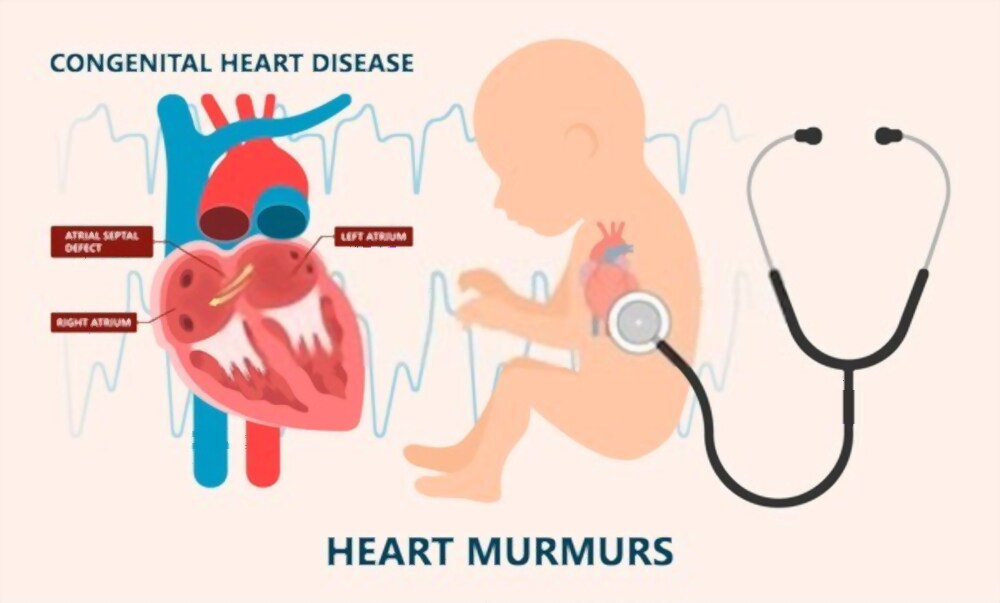Common birth Defects and Their Symptoms

How To Handle Burnout: Signs and Treatment
March 13, 2021
How to Avoid Birth Defects During Pregnancy
March 23, 2021Giving birth to a baby with a defect is heartbreaking. Even though some of these defects are treatable, it still breaks the heart to see your newborn with any defect. According to reports, out of every 100 babies born in the United States, 3 have a congenital or hereditary defect. However, the causes of some of these defects are still unclear. But here are the common birth defects and their symptoms;
Read Also: Meaning of Glaucoma and Its Causes
#1. Congenital Heart Defects
Congenital heart defects are amongst the common birth defects. They are anatomical abnormalities. According to reports, congenital heart defects occur in 1 out of every 110 birth. And they are mostly caused by a genetic disorder or inappropriate fetal development.
However, medical experts detect this defect once there is an abnormal heart sound (murmur). But not all murmur are dangerous; some are harmless. That’s why the doctor will ask for further tests to know if it’s actually a defect.
Here are some of the symptoms of congenital heart defects;
- Difficulties in breathing
- Rapid heartbeat
- Poor feeding leading to weight loss
- Pale grey or bluish skin
- Swelling in the eyes, the leg, and sometimes the abdomen.
#2. Clubfoot
Clubfoot is also one of the common birth defects. It’s an anatomical abnormality that affects 1 in every 1000 births. And it affects boys twice more than girls.
Furthermore, this birth defect includes different types of ankle and foot deformities. However, scientists are yet to reveal the causes of clubfoot. But the best guess is that clubfoot is caused by a blend of environmental and genetic factors that affect fetal development.
However, clubfoot comes with several symptoms. Sometimes, these symptoms are mild, while others are severe. For instance, clubfoot can affect a newborn’s one or both feet.
If the clubfoot is mild, it won’t bother newborns much until they are adults. But severe clubfoot may affect a baby’s ability to walk.
#3. Cleft Lip or Palate
Cleft Lip is an anatomical disorder that occurs in 1 in every 700 caucasian newborns. It’s one of the common birth defects that appear more in Asian and certain groups of Native American babies. Sometimes, newborns in African-American have this defect, but it’s not often.
The exact cause of cleft lip or palate is still unclear. But there are indications that genetic and environmental factors could cause this defect.
Here are some of the symptoms of Cleft Lip or Palate;
- The defect is sometimes mild or severe. For instance, a notch on the upper lip or a defect affecting the lip, the nostril floor, and dental arch.
- Babies with cleft lips may need a speech pathologist to help them. This is because cleft lip causes middle-ear infection, which could affect language development.
- Babies with severe palate may need help with feeding.
#4. Spinal Bifida
Spinal Bifida is one of the common defects that happen in 1 in 2000 births. According to experts, newborns of Caucasians of European extraction are more prone to this defect.
The spinal Bifida defects are caused by a neural tube that prevents the baby’s backbone from closing during fetal development. However, it’s possible to detect spinal Bifida defects during pregnancy if the mother undergoes certain tests.
However, the severity of spinal Bifida depends on the condition of the baby. While some are harmless, others may paralyze the newborn’s leg.
#5. Missing or Underdeveloped Limbs
Missing or underdeveloped limbs is amongst the common birth defects. It’s a condition that happens in 1 in 2000 births. Experts opined that this defect is caused by a mother’s exposure to certain viruses or chemicals during pregnancy.
When a baby is born with this defect, doctors refer the baby to an orthopedic specialist or physical therapist. And the child will be fitted with an artificial body part immediately so that he will be comfortable with it.

